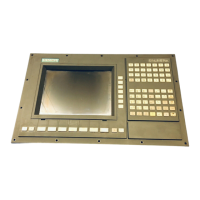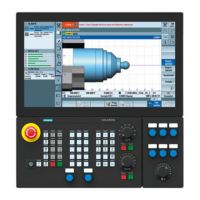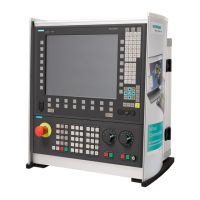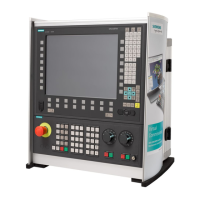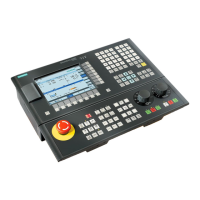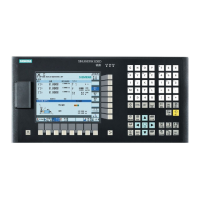840D/828D SINUMERIK Operate Page 3
B504
B504
Notes
Section 2
Types of angles
2.1 Basic principles of coordinate evaluation
Almost all of the contours encountered with the machining of metals can
be reduced to a combination of straights and circular arcs.
For programming, the respective endpoint of the contour element must be
known.
In most cases these contour points can be taken directly from the drawing
provided, if it has been dimensioned properly for use with NCs. In some
cases however, an evaluation of coordinates may be necessary. For these
calculations a basic knowledge of the types of angles, trigonometrical func-
tions and the Pythagorean theorem is required.
2.2 Types of angles
In the case of oblique work piece contours angles with a definite relation-
ship to one another result between the contour sections. Depending on
their relative position a differentiation is made between complementary an-
gles, step angles and side angles.
If a transition is at a right angle to the radius centre point, then it is always
a tangential transition. This does not show a corner on a technical drawing.
If a corner line is shown, it is not a tangential transition.
Step angles
have always the same value
Complementary angles
add up to 180°
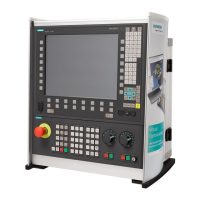
